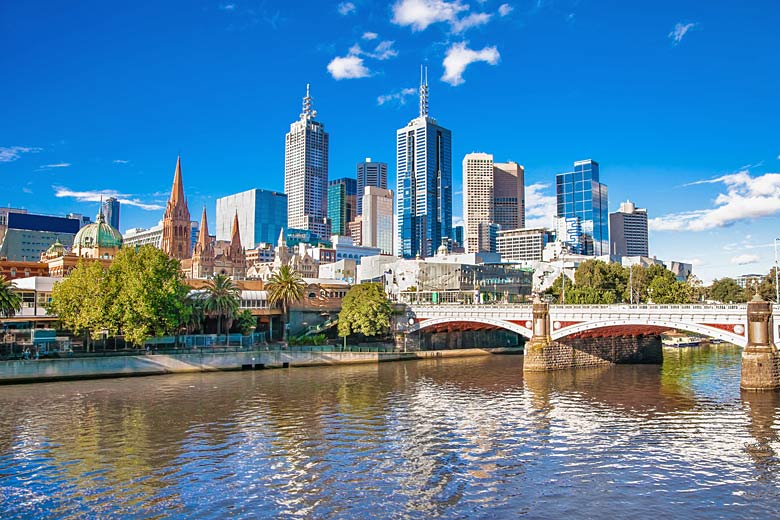- Compare car hire prices to find best deal online
- Book flexible bookings with free cancellation policy
- No hidden fees + price match guarantee
Tasmania weather by month
Check out Tasmania weather averages by month. Compare detailed monthly climate statistics including temperature, rainfall and sunshine figures.
| Jan | Feb | Mar | Apr | May | Jun | Jul | Aug | Sep | Oct | Nov | Dec | |
|---|---|---|---|---|---|---|---|---|---|---|---|---|
| Maximum daytime temperature °C |  20 20 |
 20 20 |
 18 18 |
 16 16 |
 12 12 |
 10 10 |
 9 9 |
 11 11 |
 13 13 |
 15 15 |
 17 17 |
 18 18 |
| Hours of sunshine (daily) | ||||||||||||
| Days with some rainfall |  14 14 |
 13 13 |
 14 14 |
 14 14 |
 16 16 |
 16 16 |
 17 17 |
 16 16 |
 16 16 |
 17 17 |
 15 15 |
 13 13 |
| Sea temperature °C |  16 16 |
 17 17 |
 16 16 |
 15 15 |
 14 14 |
 12 12 |
 12 12 |
 11 11 |
 11 11 |
 12 12 |
 14 14 |
 15 15 |
More about Tasmania
Tasmania by month
Jan Feb Mar Apr May Jun Jul Aug Sep Oct Nov Dec
Recommended for Tasmania
The climate guide for Tasmania (Hobart) shows long term monthly weather averages processed from data supplied by CRU (University of East Anglia), the Met Office & the Netherlands Meteorological Institute. Find out more about our data sources.
Top Tasmania destinations
Below are average maximum temperatures at popular countries, regions and places in Tasmania for next month - August. Select a destination to see the climate guide for all months of the year.
All Tasmania destinations
Metric (°C / mm) | Imperial (°F / inches)
Tasmania climate overview
Located southeast of Australia's mainland, Tasmania is a heart-shaped island with varied landscape that includes rugged mountains, Australia's last great 'wild river' system, alpine lakes, dense bushland, sandy beaches, serene countryside and farmland. National parks take up some 40 per cent of the state. Tasmania's past as a 19th century British penal colony is clear at the foreboding Port Arthur and from numerous convict-built bridges, churches and cottages.
The environment is a strong focus in this sparsely-populated state, and thanks to the 'Roaring Forties' even the air is pristine. The South West National Park is Tasmania's largest. This World Heritage site contains rare virgin forest, almost impenetrable horizontal scrub, button grass plains and a rugged, remote coastline. The island's central plateau is glaciated and lake-studded, with lowlands to the east. There are many different native forest types from the dense rainforest of the west to the open, drier bushland of the east.
Tasmania's latitude and its mountain ranges result in considerable rainfall and temperature variations. Average annual rainfall on the western ranges can be more than five times greater than in the east.
The influence of the surrounding ocean means Tasmania's climate is rarely extremely hot or extremely cold. Summer temperatures are comfortable, tending to cool in the south and at altitude. Conditions in summer are generally dry with long, sunny days. Winters are cold and wet, with sudden storms. Snow above 1,000 metres (3,300 feet) is the norm for this season.
More about Australia
Compare Tasmania with the UK
Below the Tasmania chart shows average maximum daytime temperature for Tasmania, Australia (Hobart) and the UK (London).
Maximum daytime temperature (°C)
Metric (°C / mm) | Imperial (°F / inches)
Compare more Tasmania weather >>
Be inspired
Get your weekly fix of holiday inspiration from some of the world's best travel writers plus save on your next trip with the latest exclusive offers
We promise not to share your details
Related posts
Popular travel offers
Explore holidays in the sun for less
- Beach holidays
- Family holidays
- City breaks
- Summer holidays
- Winter sun holidays
- Holiday offers
- Top travel brands
- Airlines & flights
- Discount hotels
- Airport parking deals
- TUI
- Jet2holidays
- easyJet holidays
- Love Holidays
- January sales
Airport parking
- Manchester Airport
- Stansted Airport
- Bristol Airport
- Luton Airport
- Birmingham Airport
- Edinburgh Airport
- Gatwick Airport
- Glasgow Airport
- Newcastle Airport
Airport lounges
- Manchester Airport
- Birmingham Airport
- Bristol Airport
- Edinburgh Airport
- Glasgow Airport
- Heathrow Airport
- Newcastle Airport
- Stansted Airport
- Gatwick Airport

























